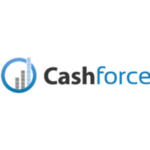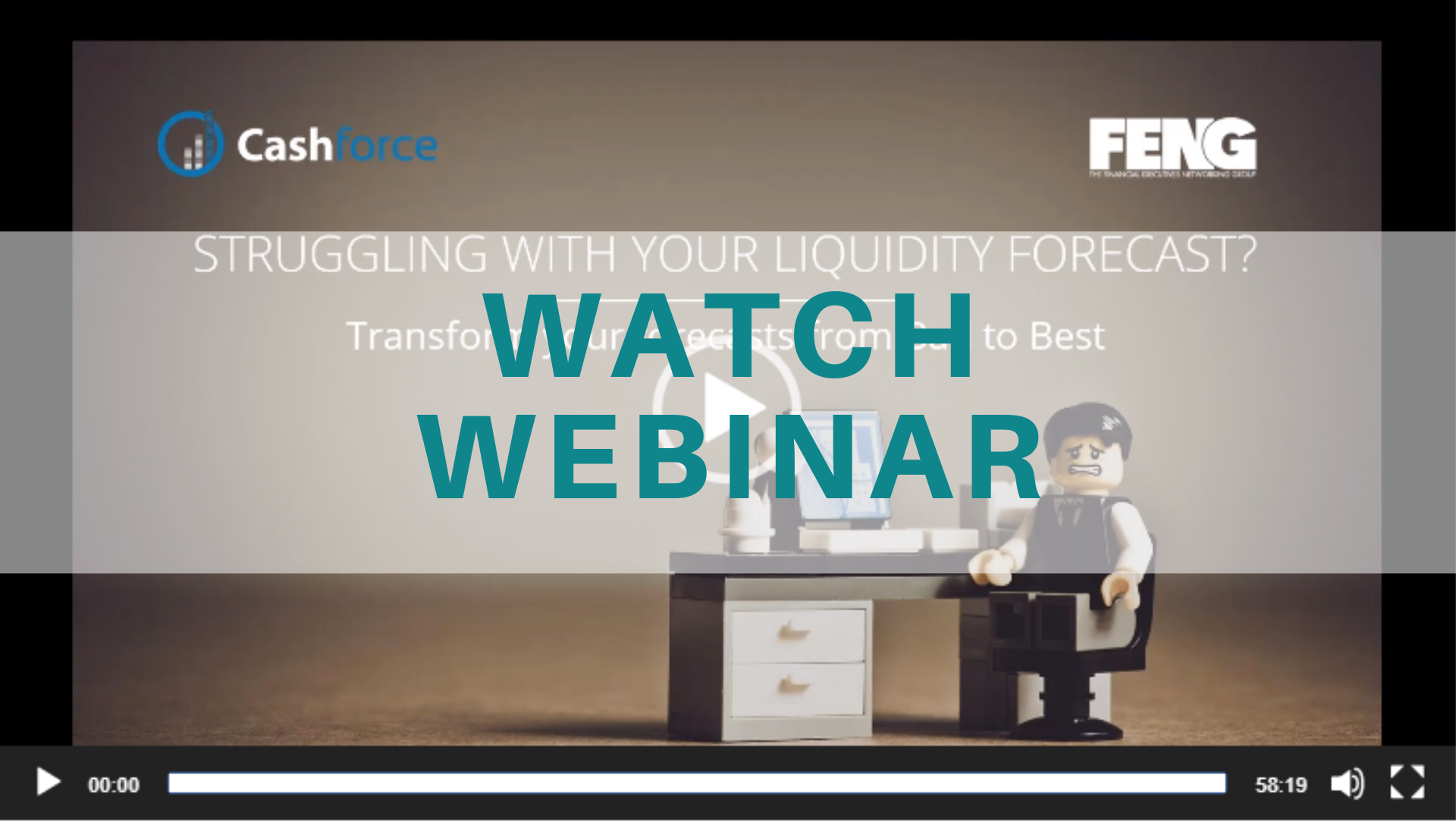Is your company struggling with liquidity forecasting?
| 12-09-2019 | treasuryXL | Cashforce |

Is your company struggling with liquidity forecasting?
Find out how you can transform your forecasts from bad to best.
Too much manual effort and too little time for analysis, a statement (too) many treasurers can relate to. According to PwC and their Global Treasury Benchmark Survey, still 87% of treasurers use technology from the 1980s (i.e. spreadsheets) or have a disparate set of ERP systems, multiple bank websites and email. Consequentially, this leads to a lack of visibility and makes it very arduous to answer critical questions like “Is my company over borrowed, underinvested or overexposed?”.
An inability to answer this question not only constrains treasury’s ability to measure its success but could harm the future viability of the company. With automated and accurate forecasts & simulations within reach, this is a clearly avoidable risk.
During this one hour webinar, Bruce Lynn of the FECG and Nicolas Christiaen from Cashforce discuss how to radically optimize your cash forecasting workflows by:
- Identifying the operating risks by utilizing existing resources
- Quantifying the benefits to be gained by examining existing “flows” regarding cash, accounting, work, and information, whether across treasury, the business units or other financial parts of the company.
- Using a step-by step approach to set up an accurate & automated forecast
About Cashforce
Cashforce is a ‘next-generation’ digital Cash Forecasting & Treasury Platform, focused on analytics, automation and integration. Cashforce connects the Treasury department with other finance / business departments by offering full transparency into its cash flow drivers, accurate & automated cash flow forecasting and working capital analytics. The platform is unique in its category because of the seamless integration with numerous ERPs & banking systems, the ability to drill down to transaction level details, and the intelligent AI-based simulation engine that enables multiple cash flow scenarios, forecasts & impact analysis.
Cashforce is a global company with offices in New York, Antwerp, Amsterdam, Paris & London and provides Cash visibility to multinational corporates across various industries in over 120 countries worldwide.



